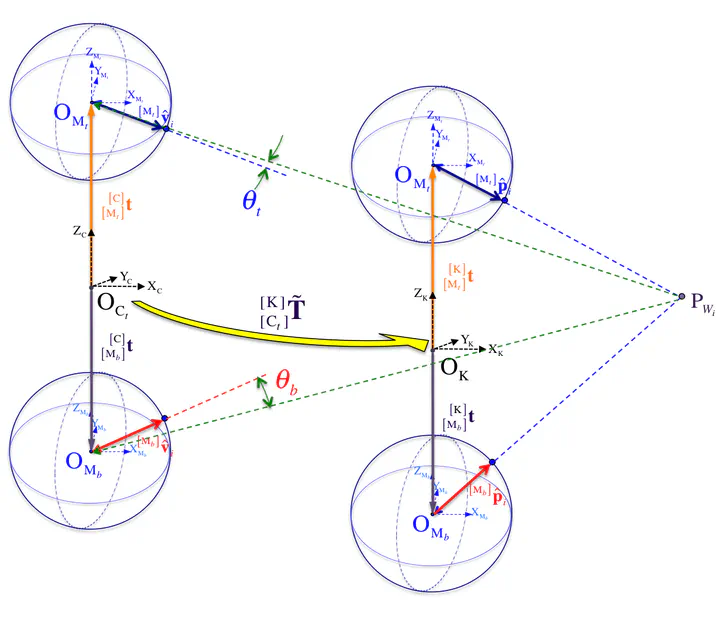Visual Odometry with a Single-Camera Stereo Omnidirectional System
Oct 1, 2019·
 ,
,
,
,
·
0 min read
,
,
,
,
·
0 min read
Carlos Jaramillo
Liang Yang
J. Pablo Munoz
Yuichi Taguchi
Jizhong Xiao
 Noncentral 3D pose registration for the single-camera SOS
Noncentral 3D pose registration for the single-camera SOS
Abstract
This paper presents the advantages of a single-camera stereo omnidirectional system (SOS) in estimating egomotion in real-world environments. The challenge of applying omnidirectional stereo vision via a single camera is what separates our work from others. In practice, dynamic environments, deficient illumination, and poor textured surfaces result in the lack of features to track in the observable scene. As a consequence, this negatively affects the pose estimation of visual odometry systems, regardless of their field of view. We compare the tracking accuracy and stability of the single-camera SOS versus an RGB-D device under various real circumstances. Our quantitative evaluation is performed with respect to 3D ground-truth data obtained from a motion capture system. The datasets and experimental results we provide are unique due to the nature of our catadioptric omnistereo rig, and the situations in which we captured these motion sequences. We have implemented a tracking system with simple rules applicable to both synthetic and real scenes. Our implementation does not make any motion model assumptions, and it maintains a fixed configuration among the compared sensors. Our experimental outcomes confer the robustness in 3D metric visual odometry estimation that the single-camera SOS can achieve under normal and special conditions in which other perspective narrow view systems such as RGB-D cameras would fail.
Type
Publication
In Machine Vision and Applications, Springer.